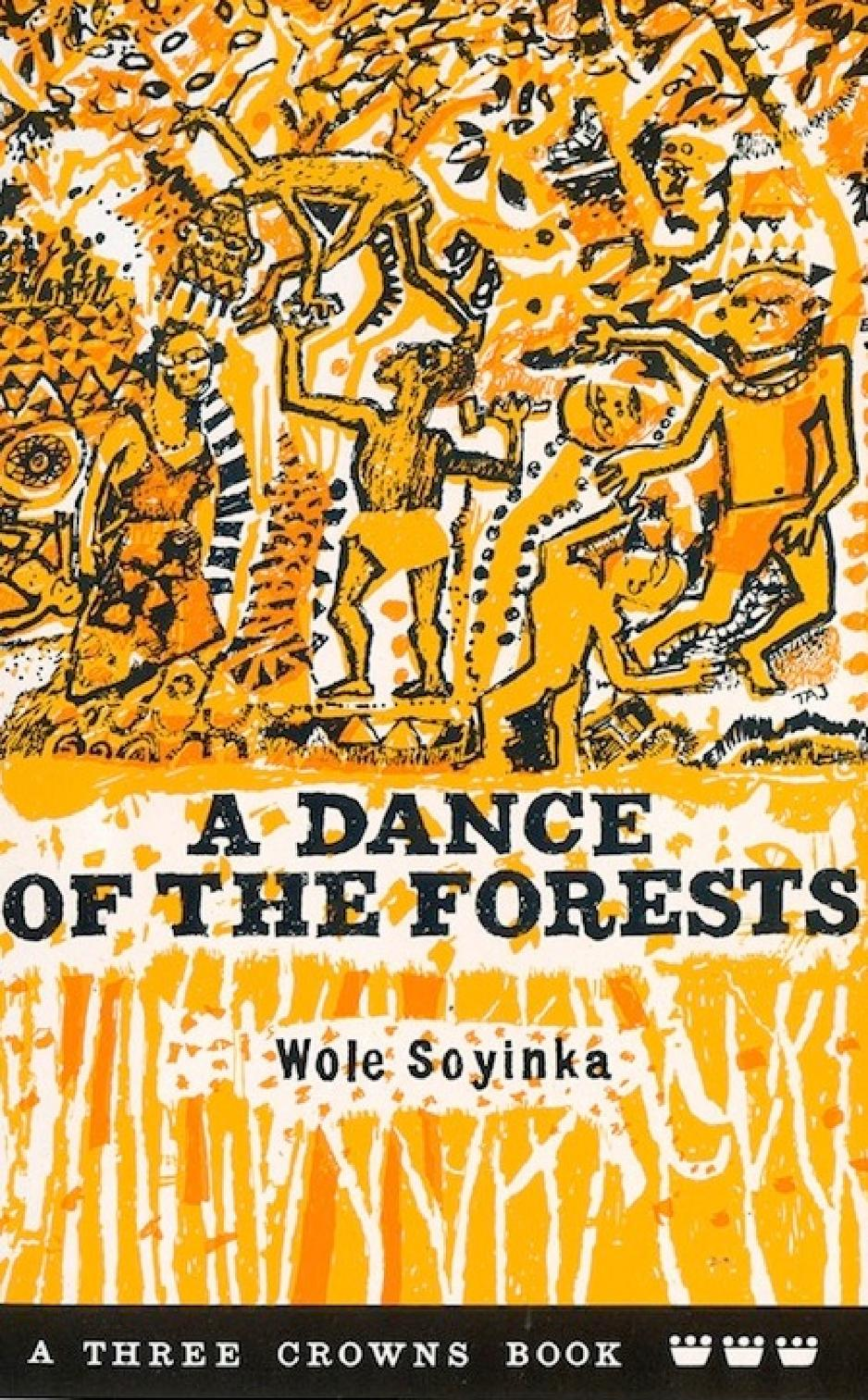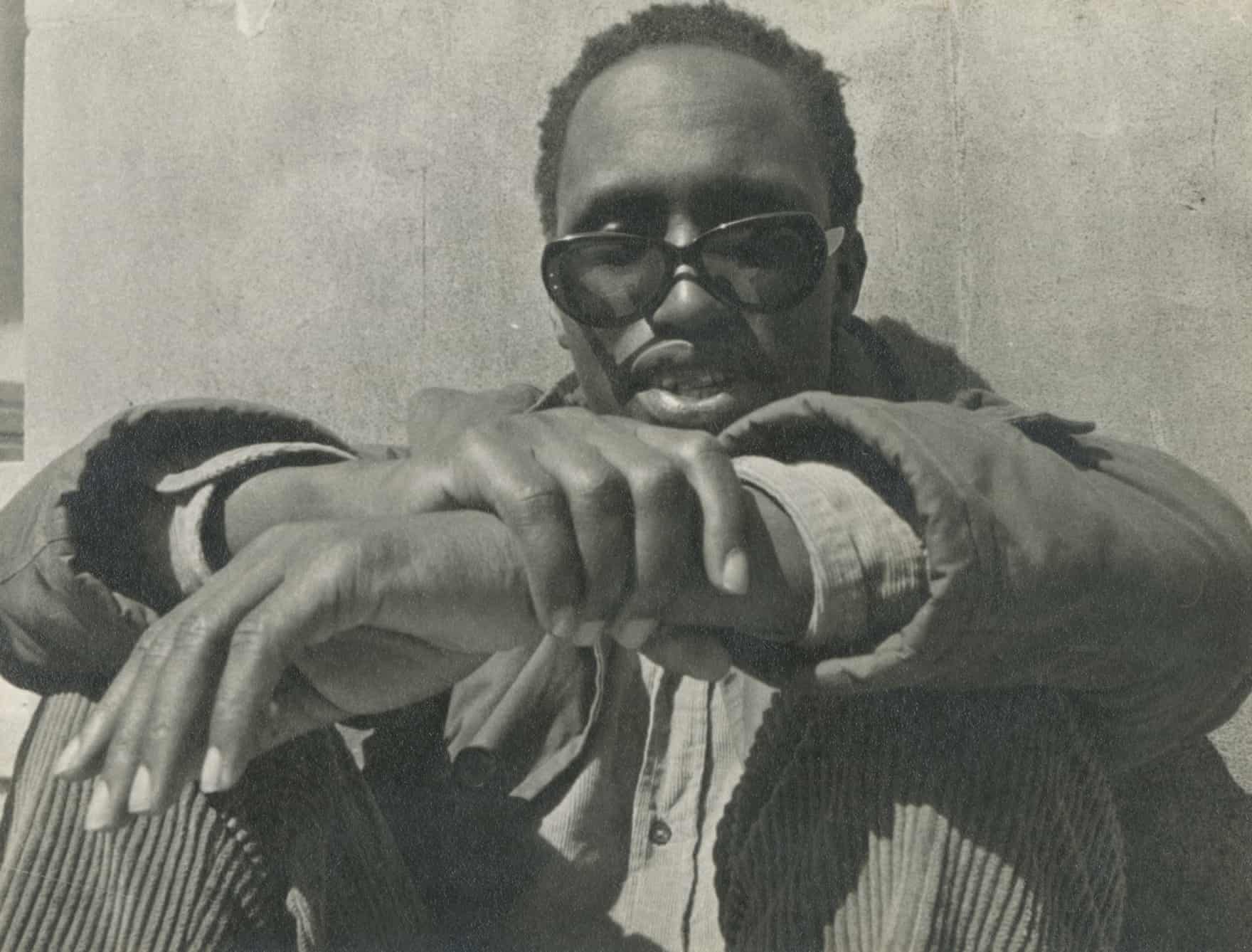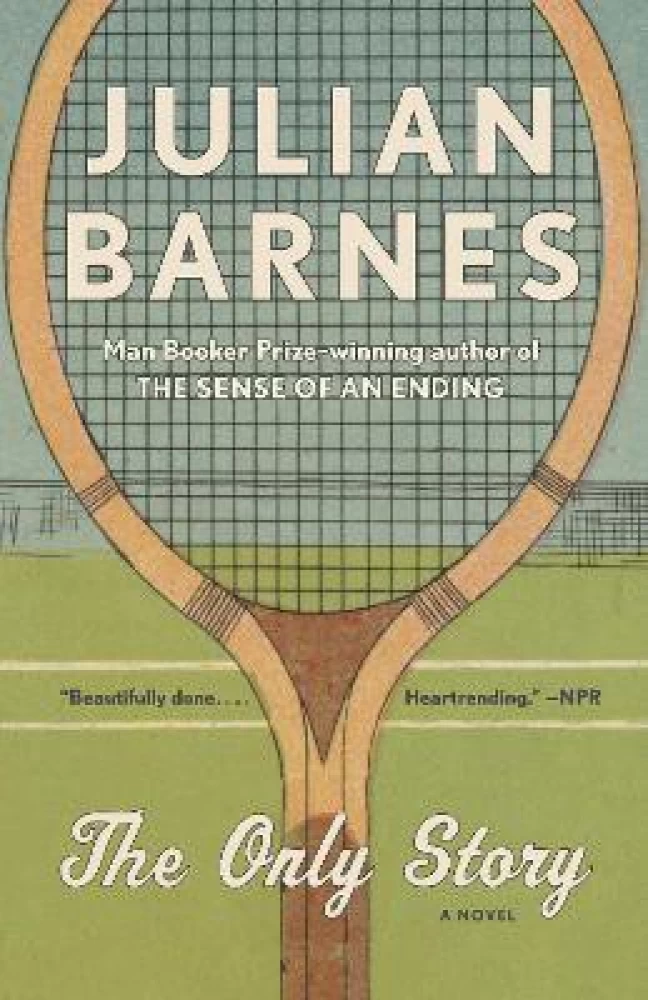Hello, this blog is prepared in response to the thinking activity assigned by Megha ma'am on the African play 'A Dance of the Forest' by Wole Soyinka.
Wole Soyinka: A Literary Titan and Voice of Conscience
Wole Soyinka, born on July 13, 1934, in Abeokuta, Nigeria, is a towering figure in world literature, a fearless political activist, and the first African to be awarded the Nobel Prize in Literature in 1986. A master storyteller, playwright, poet, novelist, and essayist, Soyinka’s works are a profound exploration of the human condition, steeped in the rich cultural traditions of his Yoruba heritage while addressing universal themes of power, corruption, freedom, and identity.
Soyinka’s journey began in the vibrant city of Abeokuta, where he was born into the Yoruba ethnic group. After completing his early education at Government College in Ibadan, he moved to England, graduating with a degree in English from the University of Leeds in 1958. During his time in England, he worked as a dramaturgist at the Royal Court Theatre in London, an experience that deeply influenced his theatrical career. Upon returning to Nigeria in 1960, Soyinka founded the theater group "The 1960 Masks" and later the "Orisun Theatre Company," where he produced and acted in his own plays. His debut play, "A Dance of the Forests" (1960), written for Nigeria’s independence celebrations, was a bold satire that challenged romanticized notions of the nation’s past and present, setting the tone for his career as a sharp critic of authoritarianism and societal ills.
Soyinka’s plays are a testament to his versatility and depth. From lighthearted comedies like "The Lion and the Jewel" (1959), which pokes fun at Westernized elites, to deeply philosophical works like "Death and the King’s Horseman" (1975), a tragic exploration of duty, culture, and mortality, Soyinka masterfully fuses Western dramatic techniques with Yoruba folklore and mythology. His satirical comedies, such as "The Trials of Brother Jero" (1960) and "Kongi’s Harvest" (1965), critique religious hypocrisy and political corruption, while his more serious plays, like "The Road" (1965) and "Madmen and Specialists" (1970), delve into the complexities of human existence and the abuse of power.
A fearless advocate for justice and democracy, Soyinka’s life has been marked by his unwavering commitment to these ideals. During Nigeria’s civil war (1967–1970), he was imprisoned for 22 months for advocating a ceasefire and criticizing the government. His harrowing experiences inspired "The Man Died: Prison Notes" (1972), a searing account of his ordeal, and "Poems from Prison" (1969), a collection of poignant verses that reflect his resilience and defiance. His activism extended beyond his writing, as he founded and led numerous political organizations, including the Democratic Front for a People’s Federation, and consistently used his voice to challenge corruption and authoritarianism in Nigeria and across Africa.
Soyinka’s literary output is vast and varied, spanning plays, novels, poetry, and essays. His novels, such as "The Interpreters" (1965) and "Season of Anomy" (1973), explore the complexities of postcolonial African identity, while his poetry collections, including "Idanre, and Other Poems" (1967) and "Mandela’s Earth and Other Poems" (1988), showcase his mastery of language and lyrical expression. His critical works, like "Myth, Literature, and the African World" (1976), offer profound insights into the role of art and culture in society. In 1986, Soyinka was awarded the Nobel Prize in Literature for his ability to “fashion the drama of existence” with poetic brilliance and cultural depth. His Nobel lecture, "This Past Must Address Its Present", remains a powerful call for accountability and justice.
Beyond his literary achievements, Soyinka is a global icon whose influence extends far beyond Nigeria. He has taught at prestigious universities worldwide, including Cambridge, Yale, and Harvard, and his works continue to inspire and provoke audiences across the globe. His latest novel, "Chronicles from the Land of the Happiest People on Earth" (2021), is a scathing satire on corruption and societal decay, proving that even in his late 80s, Soyinka remains a vital and incisive voice.
Wole Soyinka is not just a writer; he is a cultural icon, a moral compass, and a beacon of hope for those who believe in the power of art to transform society. His life and work are a testament to the enduring spirit of resistance, creativity, and humanity. As he once said, “The greatest threat to freedom is the absence of criticism,” and through his words and actions, Soyinka continues to challenge us to confront the truths of our world with courage and integrity.
A Dance of the Forest: An Overview
Q) Alternative Ending of A Dance of the Forests
The dance reaches its peak, but instead of renewal, the forest begins to decay. The trees bleed, their trunks splitting open to reveal writhing corpses from forgotten wars. The Dead Man and Dead Woman no longer ask to be remembered—they come to claim vengeance. Their eyes glow with a cold fire as they stretch out their hands, pulling the living into the depths of the earth.
Aroni, the limping messenger, steps forward, but his form begins to change. His limp disappears, his body growing taller, his skin darkening like burned wood. His voice, now deep and hollow, echoes through the clearing. “The cycle will not be broken by memory, but by destruction.”
The ground cracks open, and from the abyss rise warriors from ages past, their bodies torn and rotting. They drag Demoke, Rola, and the others into a nightmare of pain. Demoke screams as his carved totem comes alive, its wooden face twisted in agony. The spirits of those he wronged emerge from within, their voices whispering his sins as the totem wraps around him, swallowing him whole.
Rola staggers back, but the blood-red river surges forward, pulling her under. She fights, but there is no escape. The warriors laugh, their mouths dripping with decay, as they drag the rest of the living into the darkness.
The Forest Head stands still, watching the chaos unfold. The dance has ended, not in renewal, but in ruin. As the first light of dawn breaks, the land is silent. No birds sing. No voices remain. Only the wind moves through the empty forest, carrying the last whisper of the Forest Head:
"Perhaps it is better this way."
Then, like mist at sunrise, he fades into nothing. The world is left hollow—a graveyard where no future will rise.
Q) A Detailed Note on A Dance of the Forests by Wole Soyinka
Overview
Wole Soyinka’s A Dance of the Forests is one of the most significant plays in African literature, marking a critical moment in Nigeria’s history as it gained independence in 1960. Unlike the celebratory and hopeful narratives that were expected during this occasion, Soyinka offered a sharp critique of both the past and the emerging postcolonial elite. The play presents an intricate fusion of history, myth, Yoruba ritual, and political commentary, warning against the dangers of forgetting the past and repeating its mistakes. It is a deeply philosophical and allegorical work that explores themes such as the failures of independence, the cyclical nature of history, the responsibility of the artist, and the struggle between tradition and modernity. The play also questions the idealization of the past, suggesting that pre-colonial African societies were not without their own flaws. By engaging with both Yoruba cosmology and Western dramatic forms, Soyinka crafts a play that is both uniquely African and globally relevant.
The Challenge of Nigerian Independence
At the heart of the play is Soyinka’s critique of Nigerian independence, which he portrays as a moment not of true liberation but of self-deception. The three major living characters—Demoke, Rola, and Adenebi—symbolize different aspects of postcolonial Nigeria’s struggles. Demoke, a carver and artist, represents the intellectual and creative class who are burdened with both personal and societal guilt. Rola, once a high-class prostitute known as Madame Tortoise, embodies moral corruption and the self-serving nature of those who manipulate others for their own gain. Adenebi, the bureaucrat, personifies the inefficiency and hypocrisy of government officials who ignore their responsibilities and engage in corruption. These characters, though flawed, undergo a process of confrontation with their pasts, ultimately pointing toward the necessity of self-awareness and transformation. However, Soyinka does not present this process as simple or guaranteed—change is difficult, and history tends to repeat itself. The presence of the Dead Man and the Dead Woman, spirits from the past who have been summoned to participate in the independence celebrations, serves as a reminder that the past cannot be erased. Instead of glorious ancestors, the living are confronted with figures who represent betrayal, suffering, and injustice, forcing them to recognize the darker aspects of their own history.
The Cycle of History and the Role of Tradition
One of the most compelling aspects of A Dance of the Forests is its treatment of history and time. The play does not follow a linear narrative but instead moves between past and present, suggesting that history is cyclical. The second part of the play takes us back to the court of Mata Kharibu, where characters from the present appear as their past selves, revealing that the same patterns of greed, violence, and betrayal have been repeated across generations. Demoke, for instance, is not only a carver in the present but also a poet in the past, struggling with similar ethical dilemmas. Rola, as Madame Tortoise, displays the same manipulative and destructive tendencies that define her modern self. This doubling of characters emphasizes Soyinka’s point that historical progress is often an illusion—without self-reflection, societies risk making the same mistakes again and again. This technique also allows Soyinka to critique the idea that decolonization is simply a return to an idealized pre-colonial past. The past was not free of corruption and tyranny, as seen in the oppressive rule of Mata Kharibu. Instead, Soyinka suggests that both past and present must be examined critically in order to create a future that truly breaks from cycles of injustice.
The Role of the Artist in Society
Another major theme in the play is the role of the artist in society, which is explored through the character of Demoke. He is a carver who has created a totem pole for the festival but carries the guilt of having pushed his apprentice, Oremole, to his death. This act, driven by jealousy, frustration, and personal demons, symbolizes the internal conflicts of the artist. However, Demoke is also the character who undergoes the most significant transformation. By the end of the play, he takes on the burden of purification, climbing the totem pole in a symbolic act of expiation. This journey reflects Soyinka’s belief that the artist must engage with society, challenging corruption and exposing uncomfortable truths. The character of Forest Head, often interpreted as a stand-in for Soyinka himself, reinforces this theme. As an overseer of events, Forest Head expresses both frustration and persistence, acknowledging that human beings rarely learn from their mistakes but also recognizing the necessity of continuing the struggle for truth and justice.
Dramatic Structure and Techniques
The play’s structure is unconventional, rejecting the traditional three- or five-act format of Western drama. Instead, Soyinka employs a two-part structure that blends reality, history, myth, and ritual. The first part establishes the main characters and their moral dilemmas, while the second part delves into the past, revealing how history repeats itself. This structure reflects Yoruba storytelling traditions, where time is fluid and spiritual realities coexist with the physical world. Additionally, Soyinka integrates non-verbal elements such as dance, masquerade, and ritual to create a theatrical experience that goes beyond dialogue. The game of ampe, played by the Triplets and the Half-Child, serves as a symbolic struggle for fate and destiny. The climactic moment, in which Demoke climbs the totem pole while Eshuoro dances wildly, is a visual and spiritual representation of sacrifice, redemption, and the ongoing battle between destruction and creation. This emphasis on performance highlights the play’s roots in Yoruba festival traditions, where music, dance, and ritual are central to storytelling.
Postcolonial and Philosophical Dimensions
Soyinka’s approach to postcolonialism differs from other African writers. While he critiques colonialism, he does not frame it as the sole cause of Nigeria’s problems. Instead, he emphasizes the need for internal reckoning. This sets him apart from writers like Ngugi wa Thiong’o, who advocate for a complete rejection of colonial languages and frameworks. Soyinka, by contrast, chooses to write in English, not as a concession to colonialism but as a means of reaching a wider audience while integrating African traditions into a global literary space. His approach aligns more closely with Frantz Fanon’s vision of decolonization as a process of creating new identities and ways of thinking rather than merely reversing colonial hierarchies. However, Soyinka has also been accused of “nativism,” a term used by Edward Said to describe an overemphasis on indigenous traditions at the expense of historical specificity. While some critics argue that Soyinka’s reliance on myth distances his work from concrete political realities, others see it as a way of addressing universal human struggles within a uniquely African framework.
Western and Yoruba Influences
The play also incorporates Western influences, though in a way that subverts them. The choric speeches of the spirits resemble Greek tragedy, while the character of Forest Head has been compared to Prospero in The Tempest. However, unlike Shakespeare’s plays, A Dance of the Forests does not resolve its conflicts neatly. There is no clear triumph of good over evil, only a continued struggle. The play ends ambiguously, with Demoke and Rola changed but uncertain of their future, reflecting Soyinka’s belief that true transformation is an ongoing process.
Lastly, A Dance of the Forests remains a challenging and thought-provoking work, defying easy interpretation. By blending history, myth, ritual, and political critique, Soyinka crafts a play that forces audiences to confront uncomfortable truths about the past and the present. Its themes of self-examination, the dangers of power, and the role of art remain relevant not only for Nigeria but for societies worldwide. Through its complex structure, dynamic characters, and rich use of language and performance, the play continues to be a landmark of African theater and a powerful statement on the human condition.
Thank you...
References
Soyinka, Wole. A Dance of the Forests. Oxford University Press, 1963.




















%20around%20her.%20She.webp)




